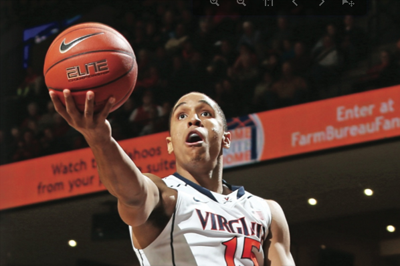Mar 17, 2017Ready To Go
During the competitive season, my goal as the strength coach for University of Virginia men’s basketball is the same as the team’s: win as many games as possible. How can a strength and conditioning program contribute to winning? When players are stronger, faster, and move more efficiently than their opponents, they are more likely to be successful on the court. The challenge is maintaining this high level of fitness throughout the grind of a long season.
At Virginia, we implement a high-performance in-season training system that has proven successful. One key part of it is that all of our in-season workouts begin with movement preparation.
The movement preparation phase is made up of eight components. Each piece prepares the athletes to move well under load during strength training.

• Breathing Preparation: The breathing exercises we do, such as crocodile, three-months position, and wall-engaged with hip flexion, prime the athletes’ autonomic nervous systems for tissue quality work. In addition, breathing preparation helps to create the proximal stability necessary for lifting and can aid in increasing lung volume.
• Tissue Preparation: We use foam rolling, massage sticks, and manual release in this phase to address players’ tissue adhesions, neurological tension, and less-than-optimal length-tension relations.
• Mobility, Stability, or Pattern Intervention: This segment attacks mobility, stability, or patterning issues that were identified in our FMS, upper- and lower-quarter screens, and observations of general movement.
• Trunk and Glute Activation: We use rolling, crawling, and mini-band resistance to prime and innervate the players’ inner and outer cores for loading.
• Dynamic Flexibility: Dynamic flexibility is comprised of stretch-and-hold routines that mimic the movement tasks in the training session. These drills target joint mobility and flexibility, both globally and in isolated muscles. Examples of drills we use are knee hugs, elbow to instep, quad pulls, and lateral lunges, and the athletes perform them standing still and while moving.
• Proprioception and Reflexive Trunk Stabilization: This is to provide sensory feedback and awaken the athletes’ nervous systems. We use beam walking and carry variations in this stage.
• Coordination Patterning: In this segment, our goal is to groove players’ locomotor patterns and develop their overall athleticism using a variety of skips and runs.
• Plyo Preparation and Central Nervous System Activation: We prepare the players’ bodies to move quickly and explosively using short response bounds, hops, jumps, and medicine ball throws.


